Pleasing Poinsettias
Pleasing Poinsettias
Long nights, colorful leaves, and an interesting history!
Millions of poinsettias are sold in December as people love having a colorful plant in their homes. It’s a plant that we welcome during the holidays, and one with an interesting back story as well. As we enjoy providing hundreds of poinsettias for individuals, businesses and churches on Cape Cod, in this blog we’re sharing 10 fun facts, some history, and care tips about this holiday plant.
1. This plant is native to Mexico, where it has long grown as a tall, lanky shrub. The Aztecs called it cuetlaxochitl which means “mortal flower that dies and withers like all that is pure.” (Yikes!) They used the plant for dyes and medicinally. During the 17th century, Spanish Franciscan priests in Mexico began using the poinsettia in the nativity Fiesta of Santa Pesebre.
2. In the early 1800’s the plant was described as a new species of Euphorbia and given the botanical species name of pulcherrima, which means “most beautiful.”
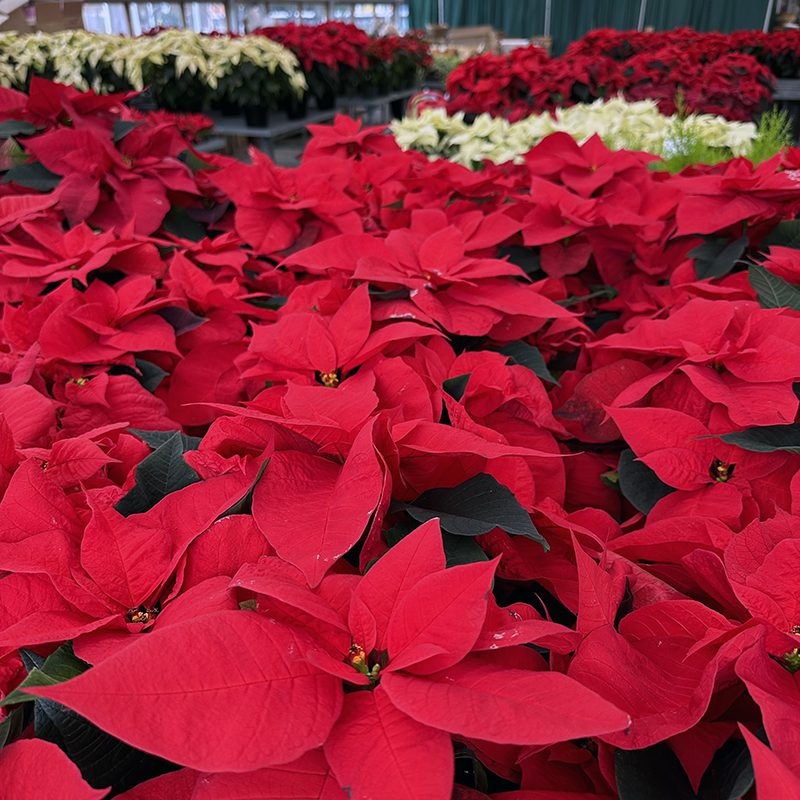
3. This plant was introduced to the United States by Joel Roberts Poinsett, the first appointed U.S. ambassador to Mexico. That is the origin of the plant’s common name, poinsettia.
4. What looks like flowers on this Euphorbia are actually modified leaves, called bracts. They ring the actual flowers in order to attract pollinators to the plants in the wild. The flowers themselves are quite small, as the photo below shows.
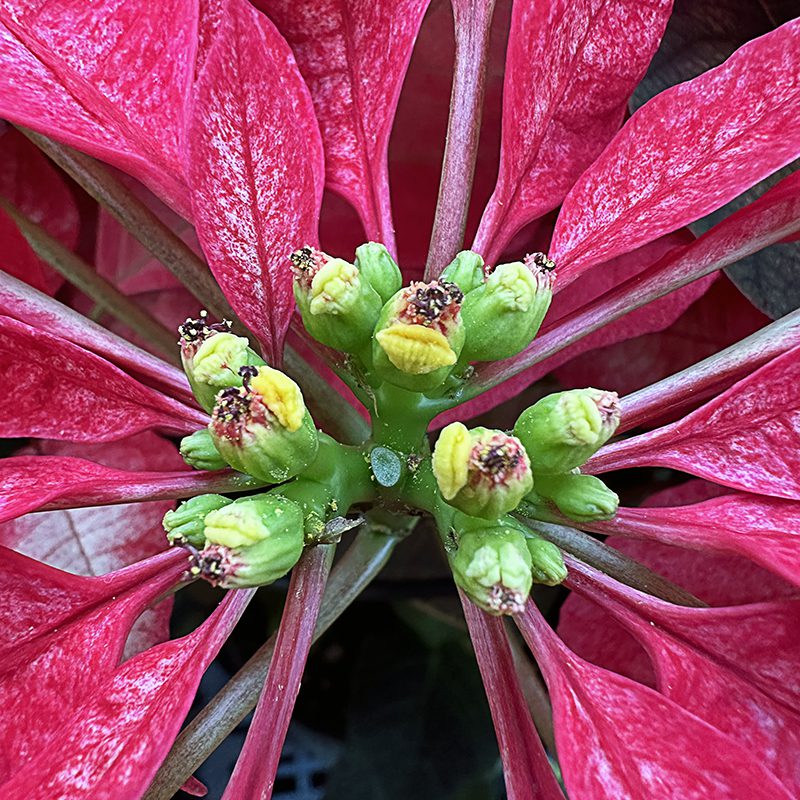
5. Although frequently called “short day plants,” this Euphorbia is actually triggered into flower by long nights. In order for the bracts to color up and the plant to bloom it needs to have nights that provide a continuous, uninterrupted 12 hours or more of darkness.
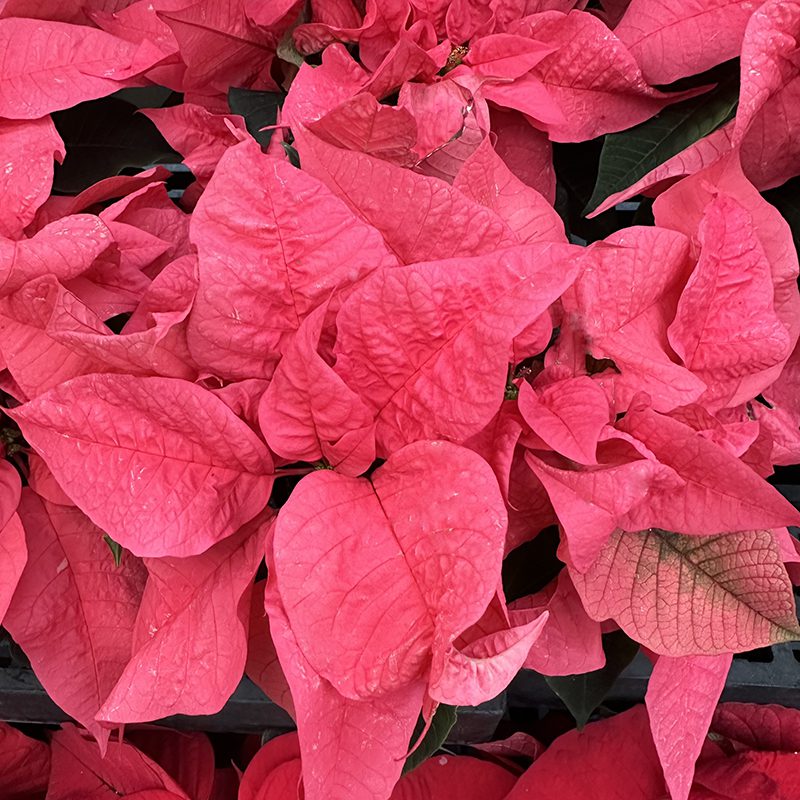
6. The poinsettia’s popularity as a Christmas plant is due to the Ecke family who saw its potential as a holiday flower. A visionary businessman and horticulturalist, Paul Ecke Sr. began breeding this plant to be smaller and fuller, and his son Paul Ecke Jr. began an enthusiastic marketing campaign, supplying the plant to women’s magazines and television shows. The Ecke Ranch had a lock on the production of the well branched, sturdy plants as they used a grafting method that was kept secret for years. It turns out that they were grafting poorly branched plants to well-branched ones, which was transmitting a phytoplasma from an infected to non-infected plant. That phytoplasma was caused by an infectious agent related to peach X disease and spirea stunt; this virus is benign in poinsettias, but caused free branching of the plants. At some point in the late 20th Century a graduate student stumbled on this method and published the information. Now that method of producing full plants is used by growers all over the world.
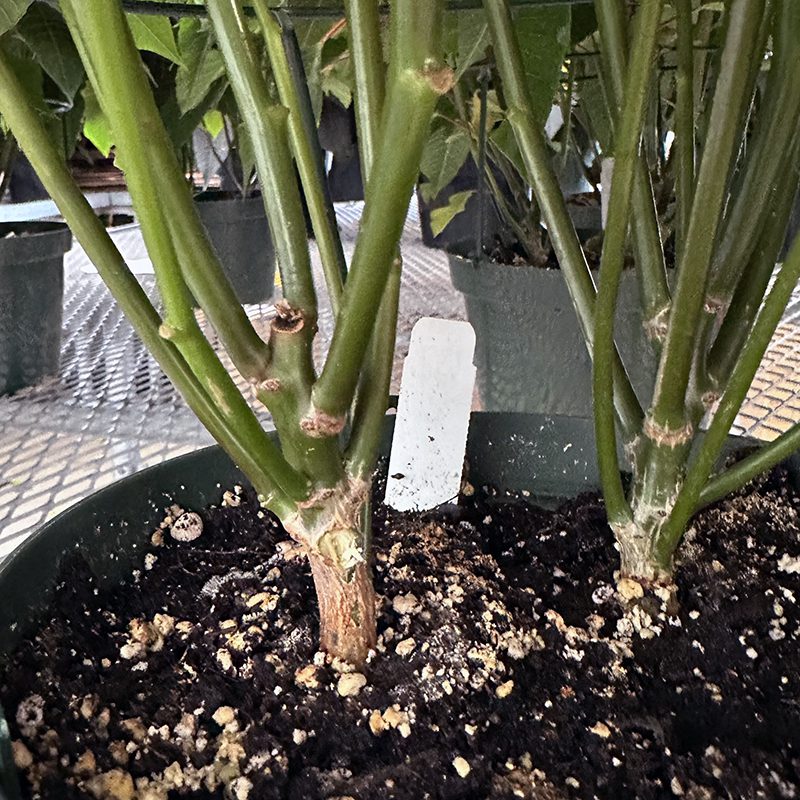
7. Poinsettias come in many colors, and breeders continue to develop new hues, leaf and bract characteristics. Early poinsettias were more fragile, and their colorful bracts didn’t last long. Today’s plants have been bred so that selections are stronger and very long lasting. Although the most popular color continues to be red, you can find poinsettias in pink, white, cream splashed with pink, and red splashed with white. There are small plants with crinkled, rounded bracts that are often called “rose poinsettias,” and plants with variegated leaves.
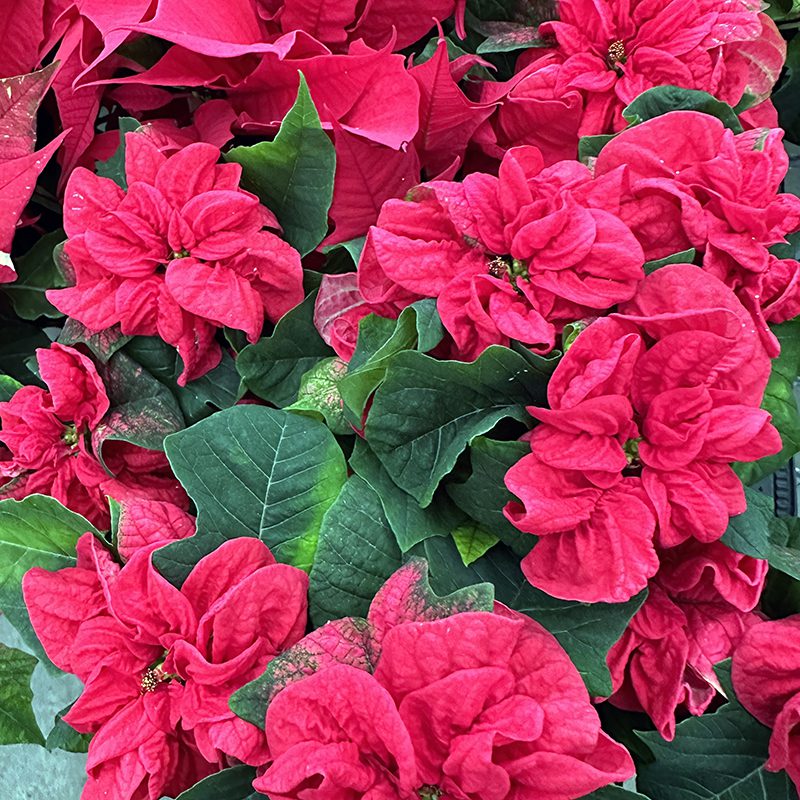
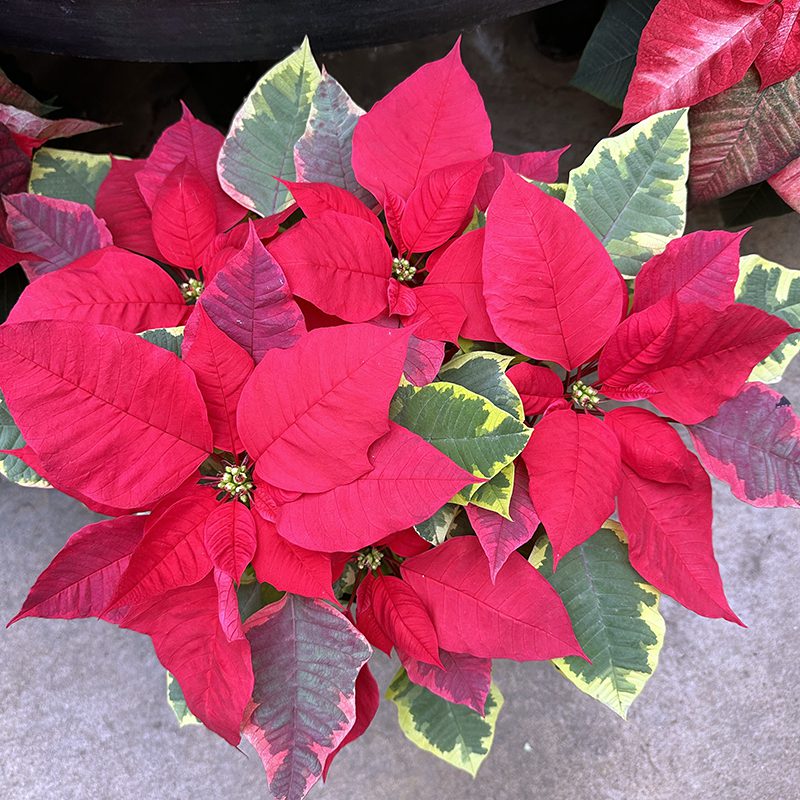
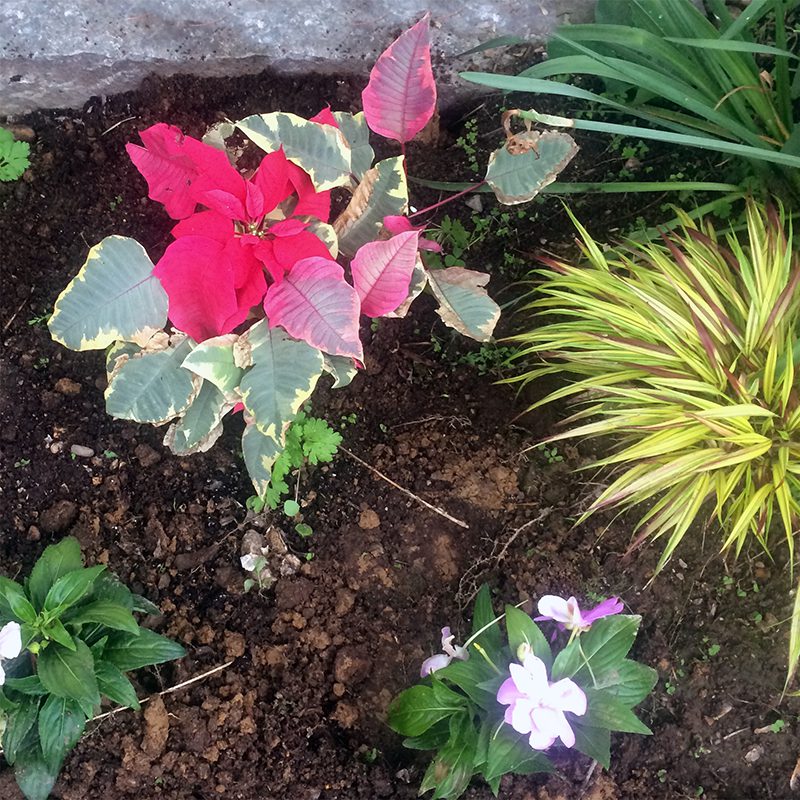
8. Poinsettias are not poisonous! This was an unfortunate rumor that was spread in the 1970’s. Although they are not edible, people or pets would have to chow down on several poinsettias to do harm. Needless to say, however, if you have a pet that is prone to eating plants you’ll want to put the poinsettia out of reach as it can cause stomach upset. Like other members in the genus Euphorbia, they exude a milky sap that can be irritating to some people, so it’s smart to wear gloves when handling, and to wash your hands when you’re finished planting or repotting poinsettias.
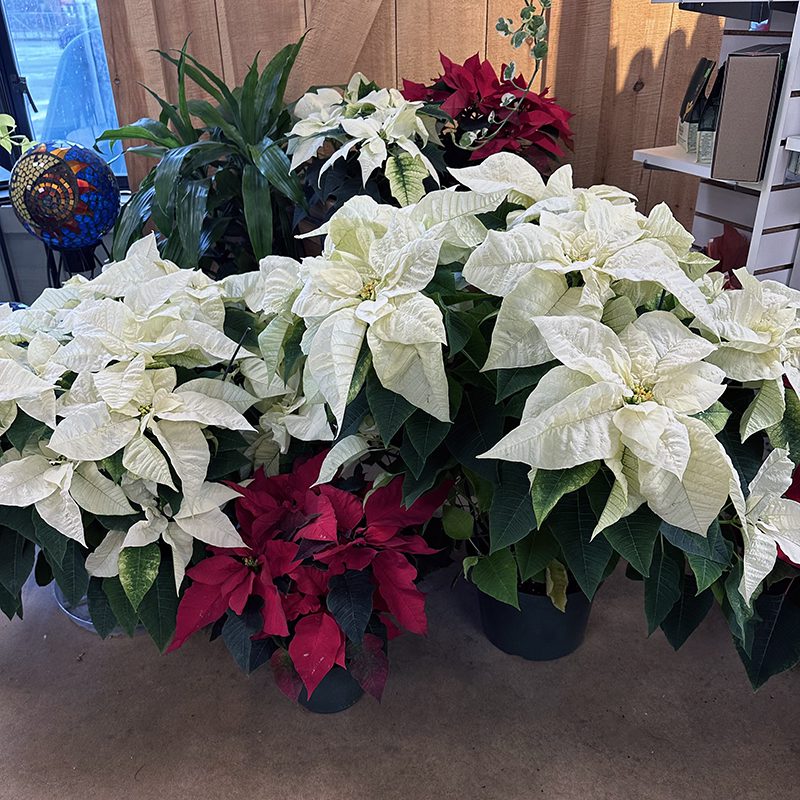
9. Avoid drastic changes in watering, light or temperature. Poinsettias can be kept beautiful for several months indoors. Keep them away from heat vents and cold windows. Do not leave the plants in a cold car while you run errands; poinsettias will drop leaves in response to very cold temperatures. These plants come from the grower well fertilized, so no additional fertilizer is needed through the winter.
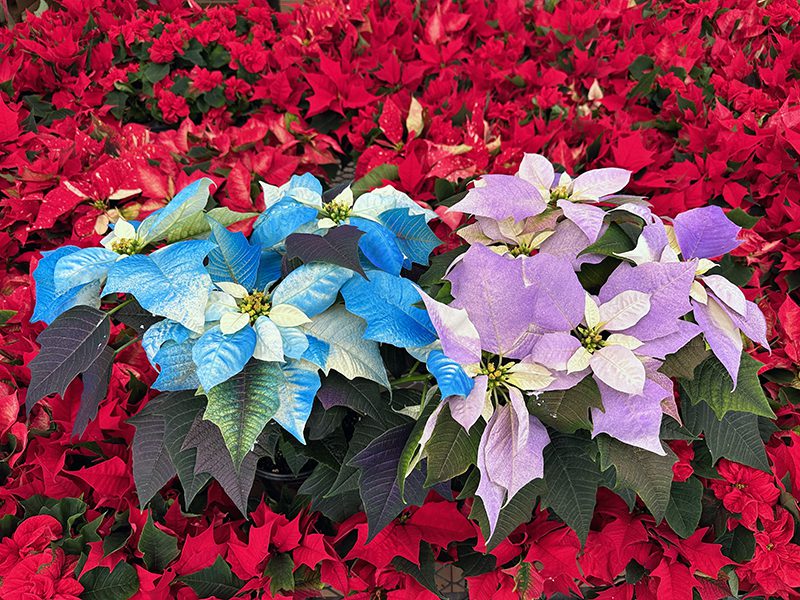
10. It can be a fun project to keep your plant from year to year, although when grown away from a professional greenhouse these Euphorbias become thinner over time. To keep the plant in good shape until spring, place it in a sunny window and cut it back by half in April. Begin to fertilize at that time, and place the plant outside in late May. In September, bring your poinsettia indoors and place it in a totally dark room from 4 PM until the next morning. The room must stay totally dark – no lamps, streetlights or other lighting. During the day the plant will need to be in the sunny window, however, and watered regularly.
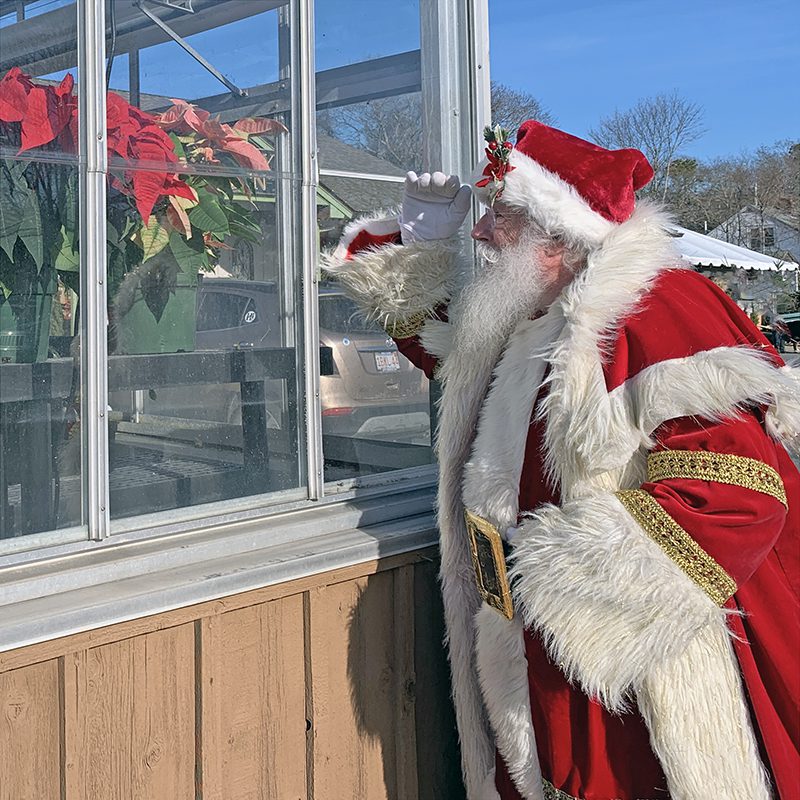
Did you know that all of the plants below are also Euphorbias?
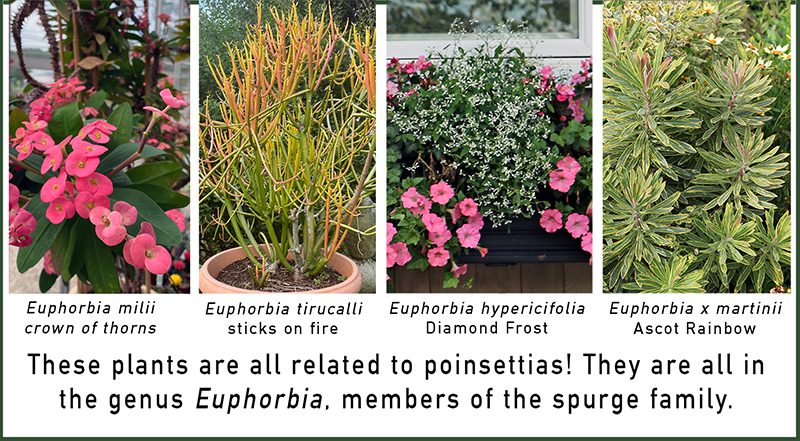
Subscribe To Our Newsletter
Sign up for our weekly email about sales and events.
